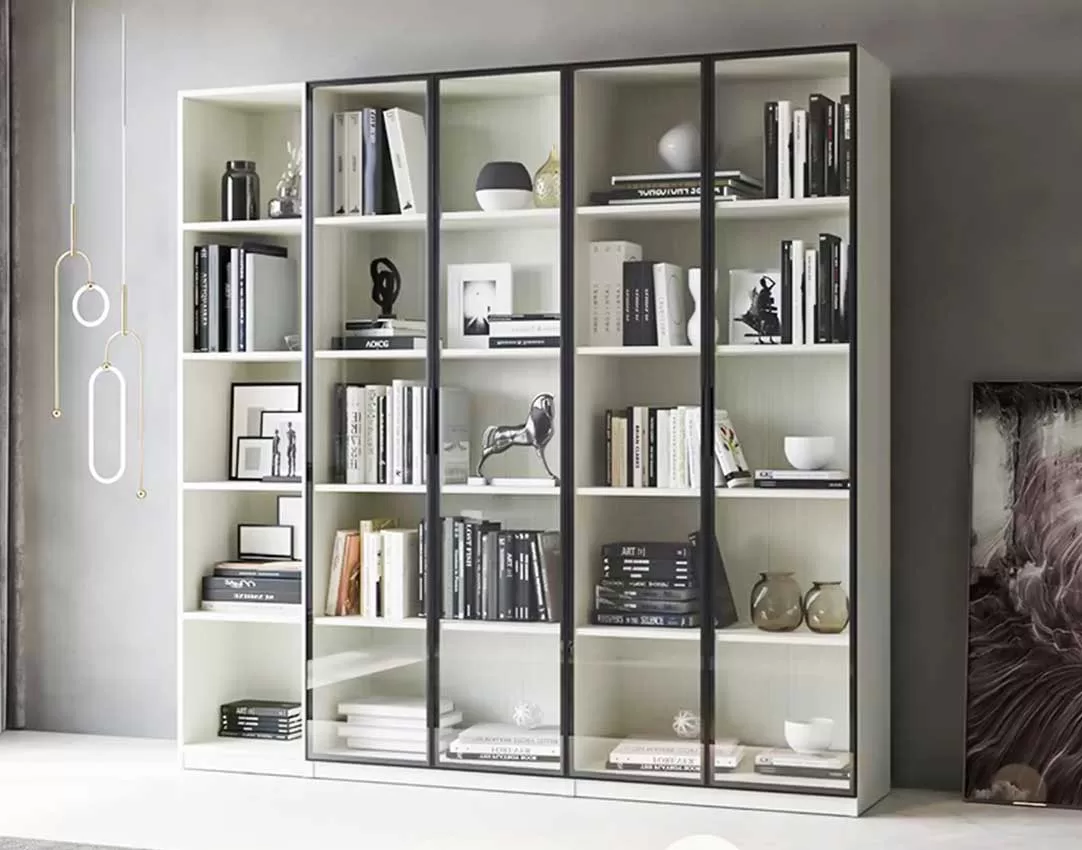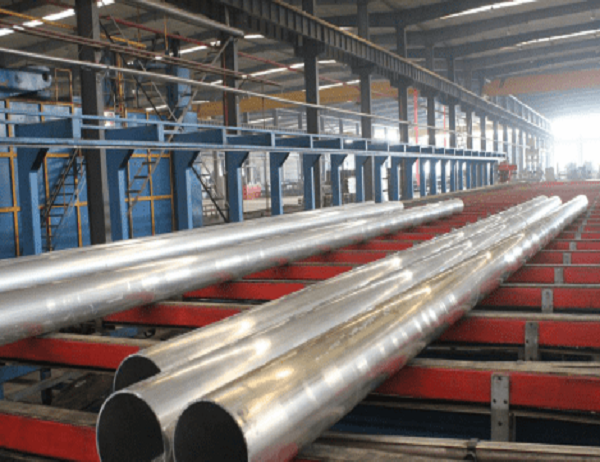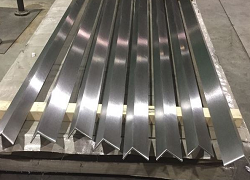When it comes to choosing aluminum frames for windows, doors, or other applications, there are two main types of finishes to consider: anodized and powder-coated. Both options offer unique advantages and disadvantages, and the best choice for you will depend on your specific needs and preferences. In this article, we will delve into the key differences between anodized and powder-coated aluminum frames, helping you make an informed decision.
Durability
Anodized: Anodization is an electrochemical process that creates a hard, corrosion-resistant oxide layer on the surface of aluminum. This layer protects the metal from scratches, dents, and the elements, making anodized aluminum frames highly durable. They can withstand harsh weather conditions, including salt spray, UV radiation, and extreme temperatures.
Powder-Coated: Powder coating involves applying a finely ground polymer powder to the aluminum frame, which is then baked onto the surface. This creates a durable and uniform finish that is resistant to chipping, peeling, and fading. Powder-coated aluminum frames are also weather-resistant, although not to the same extent as anodized frames.
Appearance
Anodized: Anodization can produce a variety of finishes, from matte to high-gloss. The oxide layer gives anodized aluminum a metallic appearance with a slight iridescent quality. It is available in various natural colors, including clear, silver, bronze, and black.
Powder-Coated: Powder coating offers a wider range of color options than anodization, including solids, metallics, and custom colors. The baked-on finish creates a smooth, uniform surface that can be textured or patterned.
Maintenance
Anodized: Anodized aluminum frames require minimal maintenance. They can be cleaned with mild soap and water, and no special coatings or sealers are necessary.
Powder-Coated: Powder-coated aluminum frames may require more maintenance than anodized frames. They can be cleaned with mild soap and water, but harsh chemicals or abrasive cleaners should be avoided. Regular touch-ups may be necessary if the coating is chipped or scratched.
Cost
Anodized: Anodization is generally more expensive than powder coating. This is because anodization requires specialized equipment and a controlled environment.
Powder-Coated: Powder coating is a more affordable option, especially for large-scale projects. The cost will vary depending on the size, complexity, and color of the frame.
Applications
Anodized: Anodized aluminum frames are ideal for applications where durability and corrosion resistance are essential, such as exterior windows and doors in coastal areas or high-traffic commercial buildings.
Powder-Coated: Powder-coated aluminum frames are suitable for a wide range of applications, including interior and exterior windows, doors, and curtain walls. They are particularly well-suited for projects that require a specific color or finish.



